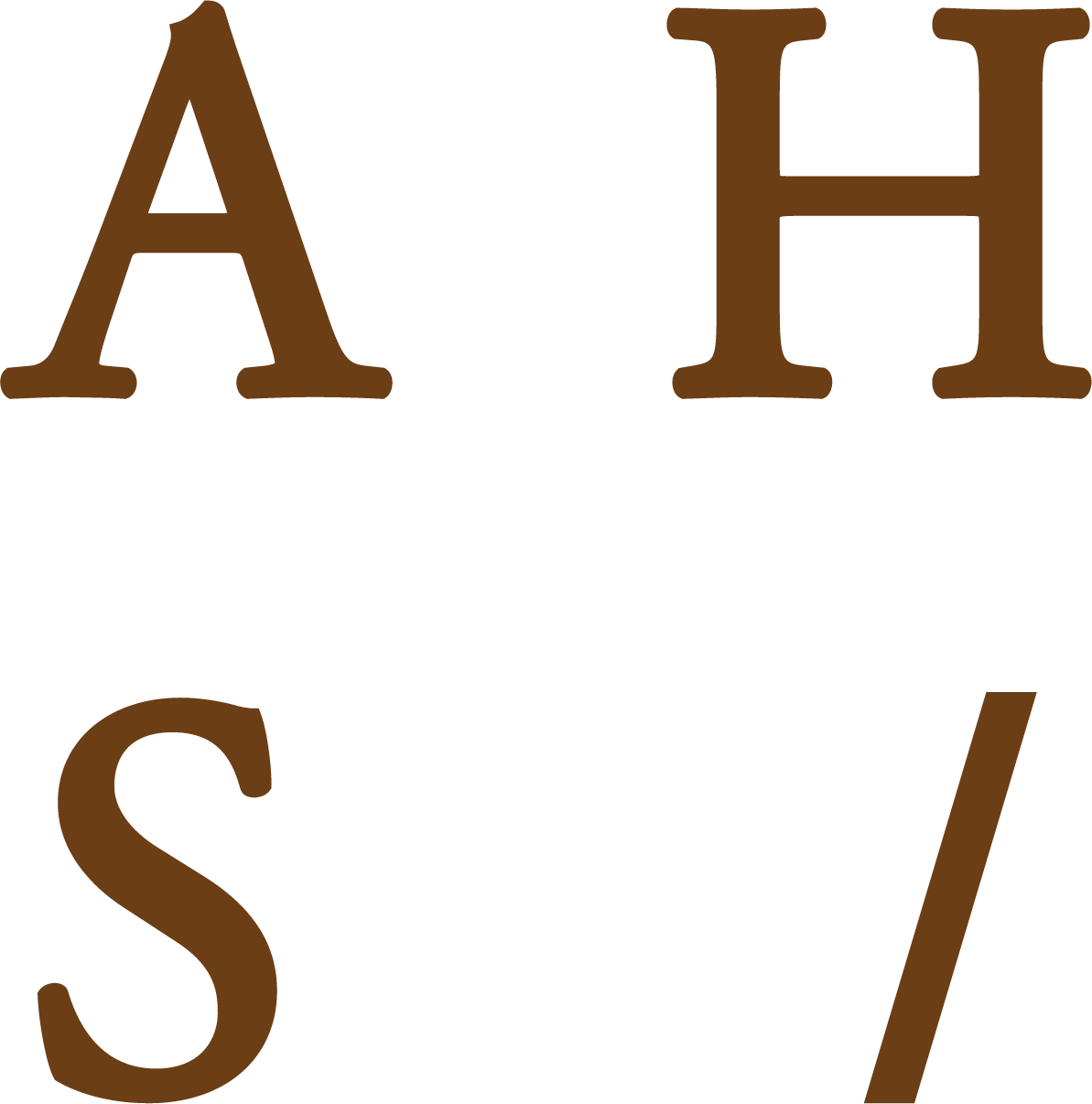Logo Types
If you are a business or professional in need of branding, it can be difficult to envisage your logo. You’re essentially trying to encapsulate your product/service, your personality, likes and dislikes and ethos all into a symbol - it’s daunting trying to create an icon that reflects your company and not only appeals to your taste, but more importantly, your target audience’s.
A good place to start is to have an idea of what options you have to work with. What type of logo will fit your needs and purposes best? Here, we explain seven types of logos - emblems, word marks, monograms, brand marks, abstract logos, mascots and combination marks - and how they work well for certain businesses. This will help you begin your design project or/and brief your graphic designer.
01. EMBLEM
An emblem is the traditional type of logo that includes text inside of a symbol. Often used for schools, family crests and government organisations. Often referred to as crests or badges.
Examples :
Harley Davidson
Family Crests
Why would you consider an emblem?
You want to reflect a sense of tradition and/or longevity.
You want to convey a sense of gravitas.
02. WORD MARKS
Logos that are built entirely from the word or words that make up the company’s name.
Examples :
Google
Marshall
Coca-Cola
Why would you consider a word mark logo?
Your brand has a short name.
You’re a new company and want to establish the name.
Your name is your brand (e.g. you’re a designer or photographer). This helps reinforce the link between visual memory and name recognition.
03.MONOGRAM
This style of logo focuses the name down to the memorable (and pronounceable) parts/letters. Eg. You tend to refer to the BBC as BBC, rather than the British Broadcasting Corporation.
Examples :
Chanel
Louis Vitton
Gucci
Why would you consider a monogram?
You have a really long name but want a link between your business name and visual identity.
04. BRAND MARK/PICTORIAL MARK
Successful examples of this type of logo involve iconic symbols for the average customer to recognise and identify it. Often these logos evolve from emblems, for example the Starbucks logo began as an emblem with text, but is now simplified to an outline of a mermaid.
Examples :
Apple
Audi
Penguin
Why would you consider a brand mark?
Your brand name works well drawn literally. Apple, Penguin Publishing and Puma are a good examples of this.
You wish to create brand personality with an image that you couldn’t with just your name.
05. ABSTACT LOGO MARKS
This style of logo is created with imagery, but without the constraints of a literal representation. Abstract logos evoke feelings more than a thought.
Examples :
Nike
Ralph Lauren
Versace
Why would you consider an abstract logo mark?
You’re looking for a pictorial element to your branding, with a serious tone that is thought provoking or represents the style or ethos of the company.
You want something unique.
06. MASCOT
Unlike pictorial brand mark, mascots can be flexible. The appearance of the character stays more or less the same but can be rearranged or repositioned, animated and even given a voice to sell the brand. The danger with mascot logos is that it can become TOO friendly; borderline patronising when not done well.
Examples :
KFC
Quakers
Pringles
Why you would consider a mascot?
You want to appeal to families or children.
Your brand thrives on being fun, friendly and upbeat.
You want something flexible that can grow with your company and be used in diverse ways.
07. COMBINATION MARKS
Combine any or all of the above ideas - a mascot with a wordmark, or embed your monogram into an abstract logo. Brand marks can be supported by a logotype, and both aspects of the brand can be separated and used for different scenarios.
Examples :
Rolex
Adidas
Patagonia
Why would you consider an abstract logo mark?
A good way to future-proof your brand with flexibility to adapt and change with your business.
